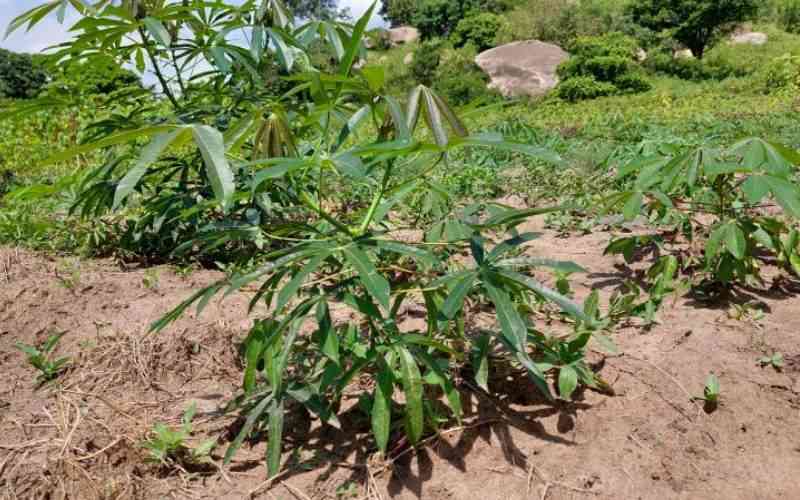×
The Standard e-Paper
Informed Minds Prefer The Standard

Kenyans love their maize and wheat products. Every meal of protein is accompanied by either ugali or chapati. But herein lies the problem. Owing to a number of factors, the two staple foods cannot meet the current demand. That is why there is need to shift to alternatives like good old cassava. And a number of farmers have seen the opportunity and are cashing in on it.
On a warm afternoon at Akites village, Teso South constituency in Busia County, the Smart Harvest team meets Jennifer Kola at her six-acre cassava farm.